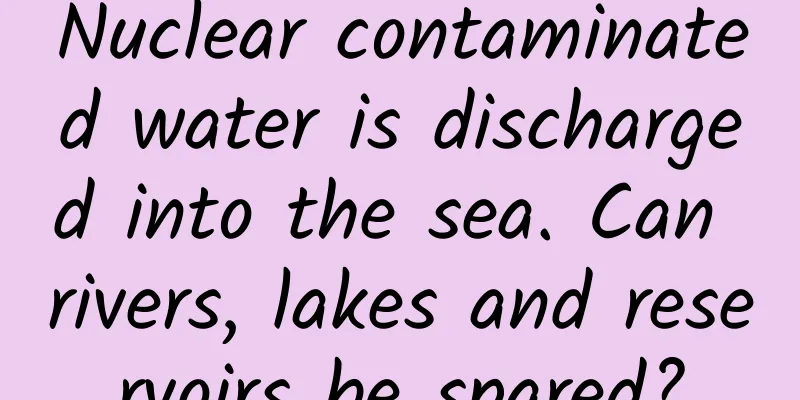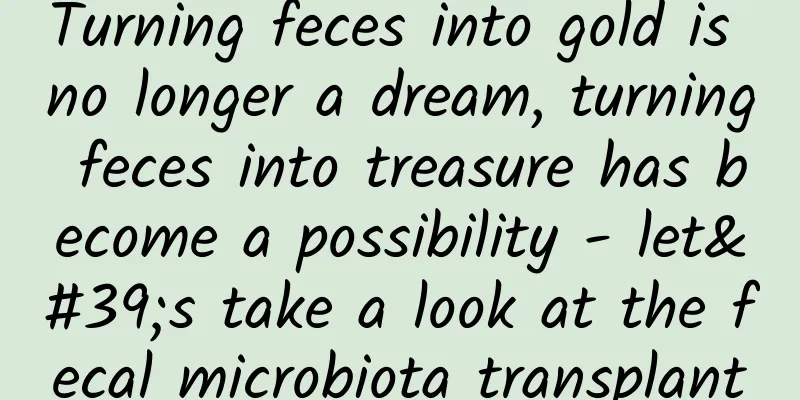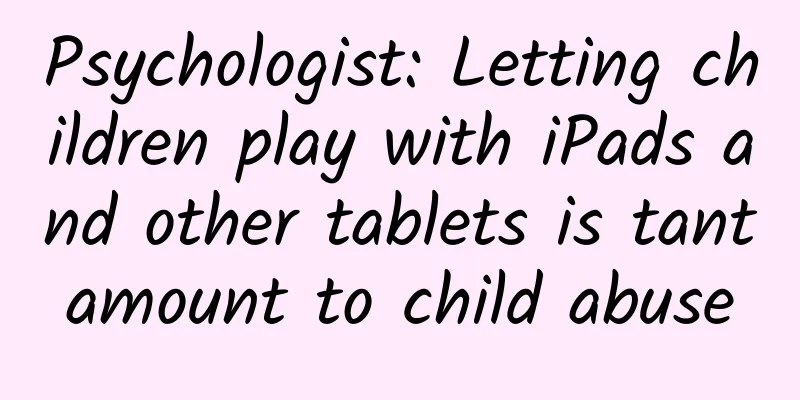Nuclear contaminated water is discharged into the sea. Can rivers, lakes and reservoirs be spared?

|
recent, There have been many discussions recently about "Japan's nuclear contaminated water discharge into the sea". But when it comes to ocean pollution , We have to talk about rivers and lakes . After all, they all originate from "water". Let’s talk about it today: In this process, the water molecule (H20) changes only from liquid to gas. Its molecular size and structure have not changed. Then in this process, What role do radioactive elements in nuclear contaminated water play? Their chemical formulas are: 1H (Protium, H) 2H (deuterium, D) 3H (Tritium, T) The nucleus of protium 1H has only one proton and is a stable isotope; The nucleus of deuterium 2H consists of 1 proton and 1 neutron, and it is also a stable isotope; The nucleus of tritium 3H is composed of 1 proton and 2 neutrons. It is a radioactive isotope, also known as " super tritium ". Although it has a large mass, it is not stable enough and easily loses neutrons to release energy, which is also the source of its radioactivity. As hydrogen's brother, tritium has similar properties to hydrogen and can easily replace H in water molecules (H20) through isotope exchange, turning into tritiated water (T2O), which enters the sea-land water cycle along with other water molecules. Based on relevant experts' predictions on the time it takes for nuclear contaminated water to flow into other sea areas and the half-life of various radioactive elements, can rivers, lakes and reservoirs avoid "nuclear" pollution? However, the half-life of tritium - the time it takes for the radiation to be halved - is 12.3 years. It is impossible for it to completely eliminate the radioactivity on its own, and the impact of nuclear pollution on rivers, lakes and reservoirs is inevitable. Considering only the effects of tritium , the possible good news is: The biological half-life of tritium (i.e. the half-life of the substance after entering the body) is 7 to 14 days. Similarly, tritium water can also be excreted from the body through sweating, urination, etc. However, tritium is only one of the more than 60 radioactive nuclides contained in nuclear contaminated water, and the harm it brings is just the tip of the iceberg of nuclear contaminated water discharged into the sea. The discharge of nuclear contaminated water into the sea in small quantities and batches may not seem to be enough to pose a direct threat to life, but it is only a matter of time before the "water vapor" from the Pacific Ocean lands in any corner of the world. Produced by Guangdong Science and Technology Newspaper Media Center Editor | Zhuo Yingzi Design | Zhuoyingzi Review | Liu Xiaoyong Feng Haibo |
<<: AI beats human champion again! This time, in drone racing
>>: Pregnant women can't eat crabs? This kind of crab can be eaten in moderation →
Recommend
Alipay releases Apple phone security tips: Apple users beware of fraudulent payment
[[245706]] Alipay's official Weibo account re...
Insect fighting, cock fighting, bull fighting... do you know about tea fighting?
Lv Weitao, Curator at the National Museum of Chin...
Always a supporting role, but with the aura of a protagonist! The legend of the "egg-shaped car"
Isetta on display in the BMW Museum. (Photo provi...
Senior high school entrance exam: Can Wenchang Tower help you succeed?
There are many important exams in life, such as h...
11 ways to increase product conversion rate!
Improving conversion rate is one of the core task...
Apple users complain: iPhone 6 screen is too easy to be scratched!
On November 25, more and more Apple users complai...
Facebook promotion plan and traffic diversion skills
Doing these things well can help you get potentia...
What are the promotion and operation skills of Pinduoduo? Do these 4 things and you won’t worry anymore
What are the promotion and operation skills of Pi...
How to plan fission activities? 4 key nodes!
The key to planning fission activities lies in th...
Attention! If you see these 7 changes on your face when you look in the mirror in the morning, it may be a sign of health problems
If you are not feeling well, your complexion will...
A hole was smashed into the concrete floor by a rat, and it became a popular check-in spot, with some people even paying coins...
Previously, a "rat" in Chicago, USA, be...
[Case] Marketing node in June, don’t blame me for not reminding you!
June 1, 719 is Yang Guifei’s birthday . Things to...
Is it expensive to develop a Sanya nail art mini program? Sanya nail art applet development cost and process
Sanya nail art applet development price 1. Displa...
There are fruits shaped like black pearls falling on the road. Don’t touch them, get out of the way!
Be careful when going out recently. Some fruits s...
China Automobile Dealers Association: The auto dealer inventory coefficient is 1.40 in June 2024
On July 10, 2024, the China Automobile Dealers As...

![[Smart Farmers] The Wandering Earth from an Agricultural Perspective: Asking Nature for Protein! Here Comes the "Doomsday Food" Survival List](/upload/images/67f246e9f36c8.webp)







